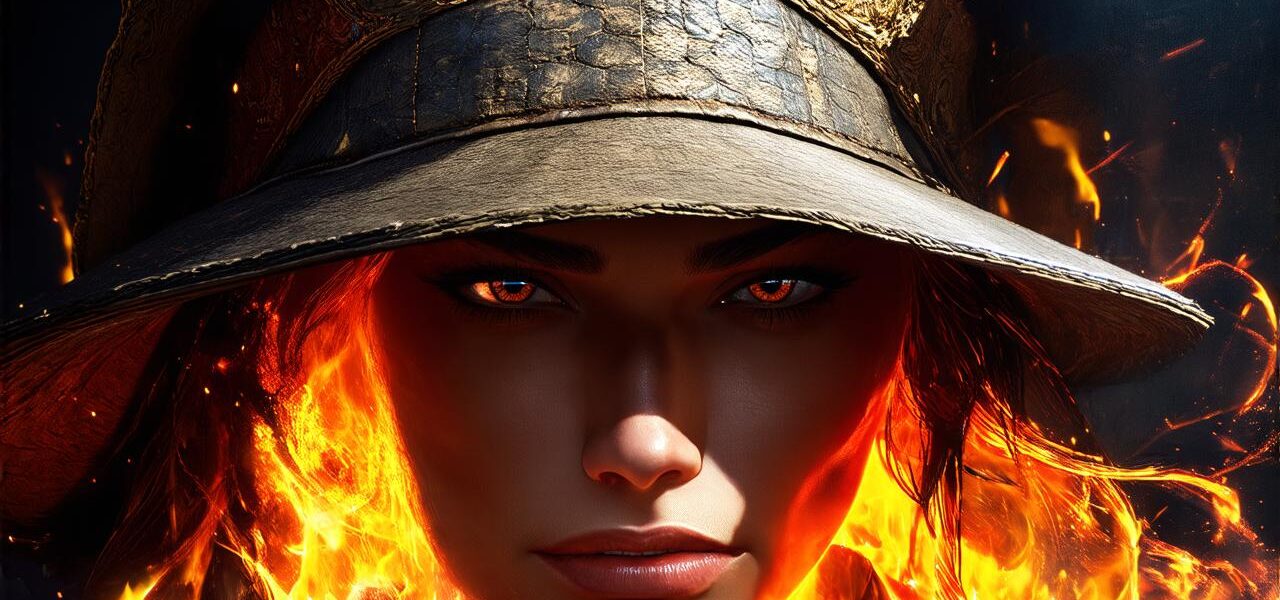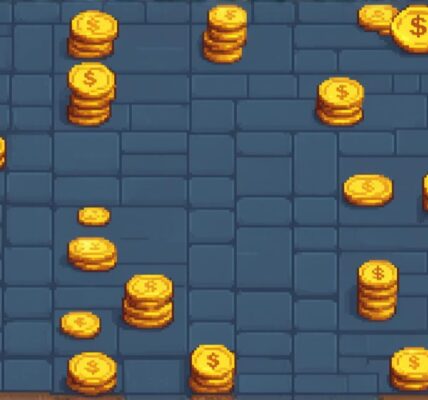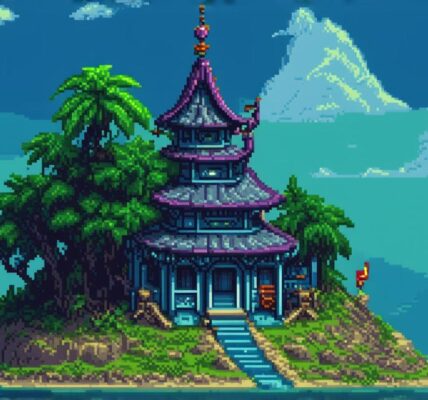Introduction:
Video games have become an integral part of our daily lives. The gaming industry is constantly evolving, and the role of video game artists is becoming increasingly important. In this article, we will explore the role of video game artists, their responsibilities, and how they contribute to the success of a game.
What are Video Game Artists?
Video game artists are professionals who create visual elements for video games. They work closely with game designers and other members of the development team to bring game worlds, characters, and objects to life. They use various software tools such as 3D modeling, texturing, animation, and rigging to create assets that are used in the game.
Responsibilities of Video Game Artists:
The primary responsibility of video game artists is to create visually appealing elements for the game. This includes creating characters, environments, objects, and other visual elements that add to the overall look and feel of the game. They also work closely with game designers to ensure that the visual elements are integrated seamlessly into the gameplay experience.
Another responsibility of video game artists is to maintain consistency throughout the game. They need to make sure that all visual elements in the game are consistent with each other, and that they match the overall style and tone of the game.
In addition to their creative responsibilities, video game artists also have to work within the constraints of the game’s technical requirements. This includes optimizing their creations for performance on different platforms and ensuring that they meet the game’s technical specifications.
Skills Required for Video Game Artists:
To become a successful video game artist, one needs to possess a variety of skills. These include artistic skills such as drawing, painting, and sculpting, as well as technical skills such as 3D modeling, texturing, animation, and rigging. They also need to have a strong understanding of color theory, composition, and other design principles.
In addition to these technical skills, video game artists must also possess good communication skills. They work closely with game designers, programmers, and other members of the development team, so they need to be able to communicate effectively to ensure that their creations are integrated seamlessly into the game.

Case Studies:
Let’s take a look at some real-life examples of how video game artists contribute to the success of games.
1. The Legend of Zelda: Breath of the Wild – Nintendo Wii U/Switch
The visual elements in The Legend of Zelda: Breath of the Wild were created by a team of over 200 artists. They worked tirelessly to create an open-world game with a vast and diverse range of environments, characters, and objects. Their attention to detail and commitment to creating immersive visuals helped make the game one of the most successful in Nintendo’s history.
2. Red Dead Redemption 2 – PlayStation 4/Xbox One
The team behind Red Dead Redemption 2 included several video game artists who were responsible for creating the game’s vast and detailed open world. They used cutting-edge technology to create realistic landscapes, weather effects, and other visual elements that helped make the game feel like a living, breathing world. Their dedication to detail and their use of state-of-the-art technology helped make the game one of the most immersive and visually stunning experiences available on current-gen consoles.
FAQs:
1. What are the qualifications required to become a video game artist?
To become a video game artist, one typically needs a degree in art, graphic design, or a related field, as well as experience working with 3D modeling and animation software.
2. How long does it take to create a visual element for a video game?
The time it takes to create a visual element for a video game can vary depending on the complexity of the asset and the team’s workload. It can take anywhere from a few days to several months to create a single asset.




